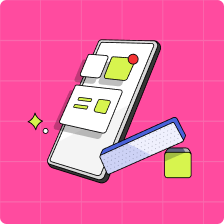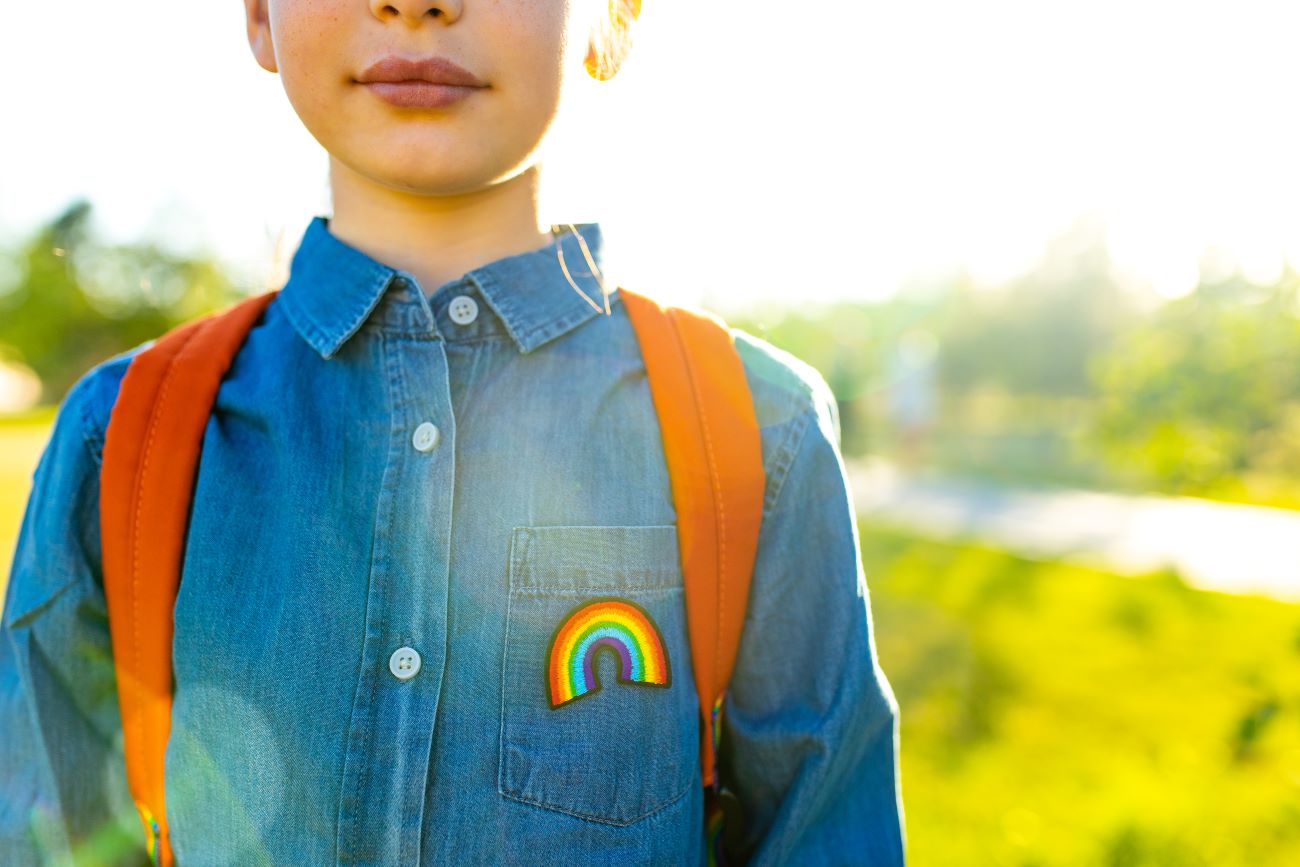Your child has come out, or has let you know they’re questioning their gender or sexuality. There’s probably a lot going through your head at once: wanting to make sure your child knows you love and accept them, ensuring they’re safe and protected, or figuring out how you’re going to tell the rest of the family. A good place to start is being an ally to them and letting your child know they can trust you and come to you throughout their journey.
Having a parent as an ally can be affirming for LGBTQ2S+ kids and teens. Here’s how parents, friends, and other family members can begin taking steps towards becoming an ally.
What does LGBTQ2S+ mean?
“What ever happened to LGBT?,” you might be wondering. It’s true that, throughout time, the acronym for people on the queer/trans spectrum has become a bit of an alphabet soup. But this is for good reason.
LGBTQ2S+ stands for Lesbian, Gay, Bisexual, Trans, Queer, Two-Spirit, and more. The plus sign at the end notes that these are not all of the identities on the spectrum.
You may see other variations of the acronym that include I for Intersex, a second Q for Questioning, A for Asexual, N for Nonbinary, and other letters (Agender, Demi-sexual, Pansexual, and other terms may be in there too).
Each term has a long history and meaning to the people who use them. What’s important is asking your child how they identify and what that means to them. Be open to the possibility this may shift or change over time. It’s also possible your child has begun their journey, but doesn’t have the language to express themselves or doesn’t fully know how they identify.
You can do research together, but don’t push them to choose a specific identity before they’re ready. Be willing to do your own research (Google is your friend, andasking respectful questions of LGBTQ2S+ adults who are open to helping is, too). Don’t just rely on your child to educate you.
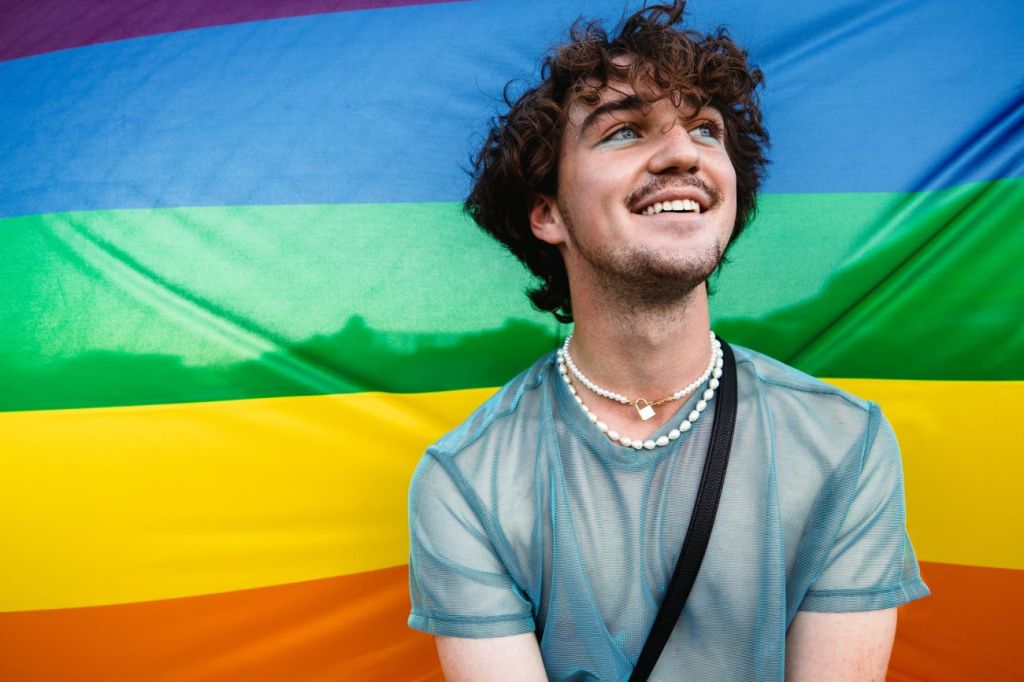
What does it mean to be a good LGBTQ2S+ ally?
“To be a good ally means recognizing your privilege, educating yourself, owning your mistakes without ego and being open to learning and growing, and standing up for the 2SLGBTQIA+ community,” says Kayla Christenson, Director of Communications at Pflag Canada.
A good ally is someone who is open to listening, learning, and offering support. They admit when they don’t know something or are wrong about something.
Try not to push your own understanding of things on your child. Instead, listen to what’s important to them. Being a good ally will mean making mistakes and learning from them. Allies need to understand that not all LGBTQ2S+ spaces or conversations are for them.
Christenson also cautions against assuming someone’s gender identity or pronouns. For parents, this means asking not just your child, but other people, what their preferred pronouns are. “Give them the space to open up to you in their own time,” she adds.
Speak up when you hear homophobic or transphobic comments in your own social circles or even in the media. Let your child know you’re there for them and won’t tolerate this sort of behaviour from others. If standing up for your child directly, make sure they want this form of support (reaching out to other parents, teachers, etc.).
If you need support, reach out to other adults, join support groups, and do research online and through books. “Being an ally means to recognize and use the privilege you hold to better understand, empathize, and walk with those who haven’t been afforded those same privileges,” says Christenson.
Being a good ally doesn’t happen overnight; it’s a process that takes patience and compassion.
Why is it important to be an ally?
Approximately one million queer and trans people live in Canada, and youth (aged 15 to 24) account for over 18 per cent of this population. While Canadian youth on the queer/trans spectrum may have an easier experience than those in some other countries, it’s important to note that 25-40 per cent of homeless youth identify as LGBTQ2S+. This can often result from having familial support, but also because it can be harder to find jobs or housing as a queer or trans person.
Mental health is also an area where LGBTQ2S+ youth struggle. LGBTQ2S+ people have higher rates of mental health disorders, including depression, anxiety, obsessive-compulsive disorder, suicidality, and self-harm.
“Allies carry privileges that they might not be aware of,” Christenson says. Those privileges are embedded in our society and can include race, class, education, being cis-gendered, and being straight. “As an ally, parents’ voices are essential to have alongside the voices of our 2SLGBTQIA+ community in the fight for representation, advocacy, and equal rights,” she adds.
As an ally, parents can help change the current realities for queer and trans youth. While conditions are improving, the world and institutions (such as schools, medical services) can be a harsh experience for young LGBTQ2S+ people. However, having a solid foundation at home can be a game changer.
Read more: Financial issues that impact 2SLGBTIQ+ teens.
How parents can support their LGBTQ2S+ child
Here are some ways parents can support and champion their kids:
Educate yourself
Don’t necessarily think of this as a daunting task; it’s something that will ultimately help you support your child, other queer and trans youth, and the community at large! Read books and media reports, watch documentaries, and listen when queer and trans people tell their stories. The more you learn on your own, the less pressure you’re likely to put on your child, and the more pressure you’ll be able to take off their shoulders. There’s lots to learn about queer and trans joy, love, healthy families, and celebration!
Meet your kids where they are
Not every kid is going to come out in a rainbow cape, flying a flag, and fully self-assured (though some will)! If your kid is confident in their newfound identity, embrace it. If they’re taking baby steps and need a hand to hold, be there for that. Maybe your kid wants to come out at home, but not school; maybe they’re more comfortable telling their peers than their extended family—whatever the case, take their lead.
Listen and ask questions
No one knows your kid better than they know themselves. Just like you’d want to know about a new interest, friend, or hobby, show interest in this area of their life. Hear what they have to say. Ask questions both to show interest and to find out more if you’re curious or unsure. Talk to queer or trans adults if you have any in your circles who are open to being a support system. If you need to reach out to a professional for support, there’s no shame in caring for yourself as well as your child.
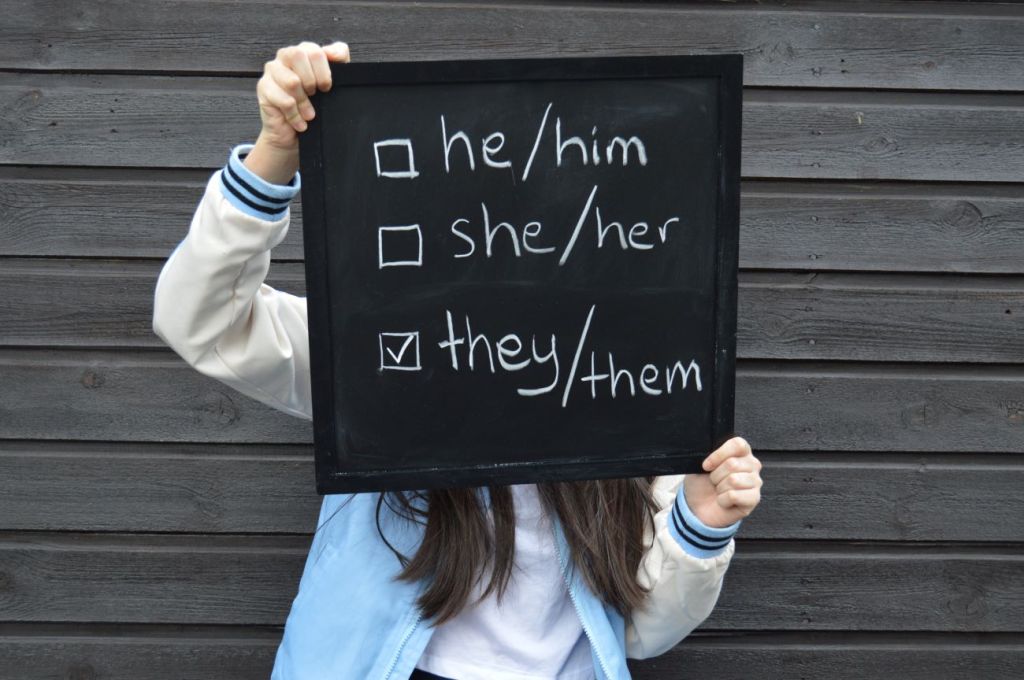
Be conscious of how you use language
This one will probably require you to think before you speak—not a bad practice in general. Don’t feel like you have to walk on eggshells, but do think about how you use language, especially gendered language. A young trans girl might no longer appreciate being included in “you guys,” for example. A teenaged boy who is gay won’t want to hear comments about a future girlfriend or wife.
Also consider asking about new friends’ pronouns before defaulting to assumed ones. Using “they/them” pronouns when you don’t know what someone uses can be a good practice, but asking is going to get you the best results. If you mess up, apologize. Don’t make it about yourself, just correct your mistake respectfully and move on (unless the other party wants to discuss further).
Take a stand against anti-LGBTQ2S+ behaviour
Speak up when you hear intolerant behaviour or messaging in your community or in the media. Don’t be afraid of being seen as someone who can’t take a joke when these so-called “jokes” may be hurting your child. You may start to notice homophobia and transphobia popping up all around: in schools, community, businesses, on TV and the radio. Make sure your child knows you consider this unacceptable and that you won’t stand by silently.
Celebrate your kids
Not every kid is going to want a coming out party, but celebrate your kid in whatever ways feel best. Maybe that means taking part in programming around diverse families or gender variance at school. It could mean attending Pride as a family. It might be as small a gesture as putting a rainbow sticker in your car or home window to say “LGBTQ2S+ people are welcome here.” And if your kid is into rainbow cakes and confetti, go all out with them—they’ll remember these acts of acceptance.
Don’t discredit them
Some parents think that queerness or transness as “just a phase.” Yet a recent study showed that 94 per cent of transgender youth still identified as transgender after a five year period. While gender and sexuality may be fluid (meaning it may shift over time), the idea that a queer or trans identity is a passing phase is insulting to your child and queer and trans people at large. Whether how your child chooses to express themselves changes, they’ll still remember your support.
Remember that representation matters
Being inundated by heterosexuality and cisgenderism (“cis” refers to people who live as the gender they were assigned at birth) means more than you might realize. Queer and trans children and youth rarely see themselves in the media, and institutions and caregivers may often assume young people to be straight and/or cis. Lately, things are changing. Depending on the age of your kid, a show like Netflix’s Heartstopper or a movie such as Love, Simon or Crush (both on Disney+) might be appropriate. Likewise, looking for books with queer characters can make a world of difference to kids and teens.
Telling other family members
Telling other family members can happen right away or slowly over time, depending on your kid’s preference and needs. Be open to the possibility that family members will need time to adjust to the news, and make it clear that you’re there to respectably discuss, but also to protect your child.
When it comes to younger siblings, keep in mind that young people tend to be open-minded and adaptable. If your child has picked up anti-LGBTQ2S+ sentiments, walk them through the same work you’re doing: examining biases, asking questions, and being exposed to positive examples of queer and gender diverse people. In any case, telling other family members should happen if and when your child is ready, and only then.
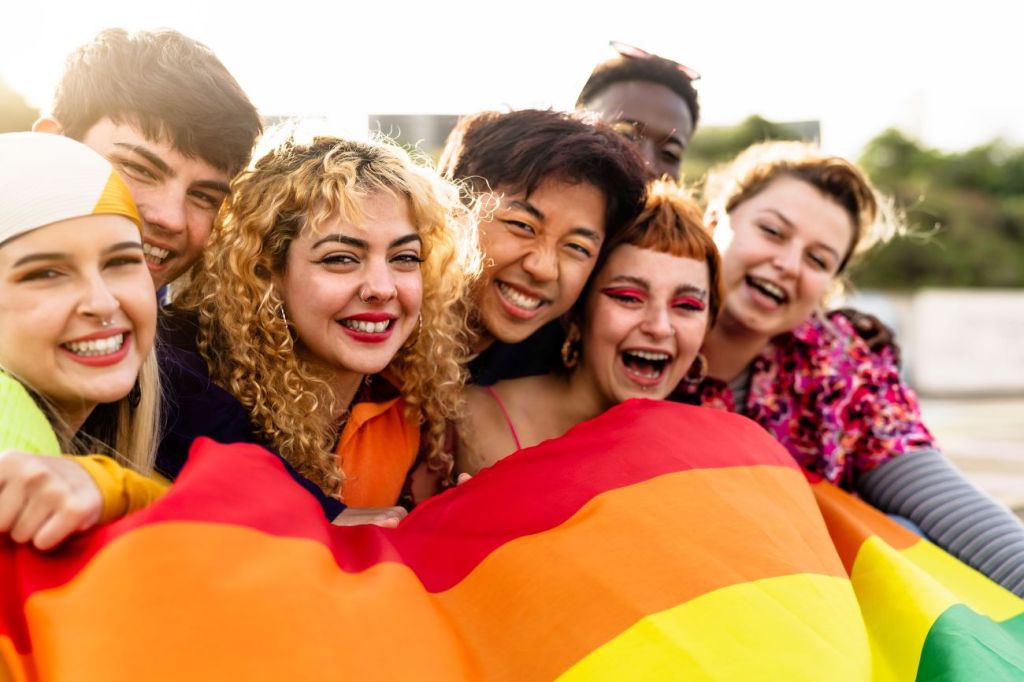
Resources for parents and youth
Pflag Canada is a longstanding charitable group founded by parents to help themselves and their families accept and understand their LGBTQ2S+ children.
Egale is Canada’s leading group for LGBTQ2S+ people and issues. They work to improve the lives of 2SLGBTQI people in Canada and to enhance the global response to 2SLGBTQI issues.
Supporting Our Youth (SOY)
Supporting Our Youth (SOY) is a program that connects and supports youth (under 29 years old) on the queer/trans spectrum through programming that includes groups and events, as well as opportunities for one-on-one support. In-person components are based in Toronto.
Native Youth Sexual Health Network
This is an organization by and for Indigenous youth that works across issues of sexual and reproductive health, rights, and justice.
LGBT Youth Line is a toll-free Ontario-wide peer-support (for youth by youth) service that operates through telephone, text, or chat services.
Trans Lifeline is a non-profit dedicated to the well-being of transgender people. The toll-free hotline is staffed by trans people for trans people.
Small steps can make a big difference
You’re not going to become an ally overnight, but you are on your way there. Making sure your child knows they are loved, welcomed, and supported is the most important part of your work here.
They’re still your kid, they’re just getting to know themselves better—and the good news is they trust you enough to share this part of themselves with you. Don’t feel like you need to lead here. Trust your child to set the pace of how things go, where and to whom they want to come out, and so on.
Also trust yourself to parent with an open heart and mind. A huge part of parenting is being used to constant change, and this is no different. You’ve made it this far, and you should feel empowered moving forward as an ally to your LGBTQ2S+ child.
This article offers general information only and is not intended as legal, financial or other professional advice. A professional advisor should be consulted regarding your specific situation. While the information presented is believed to be factual and current, its accuracy is not guaranteed and it should not be regarded as a complete analysis of the subjects discussed. All expressions of opinion reflect the judgment of the author(s) as of the date of publication and are subject to change. No endorsement of any third parties or their advice, opinions, information, products or services is expressly given or implied by Royal Bank of Canada or its affiliates.
